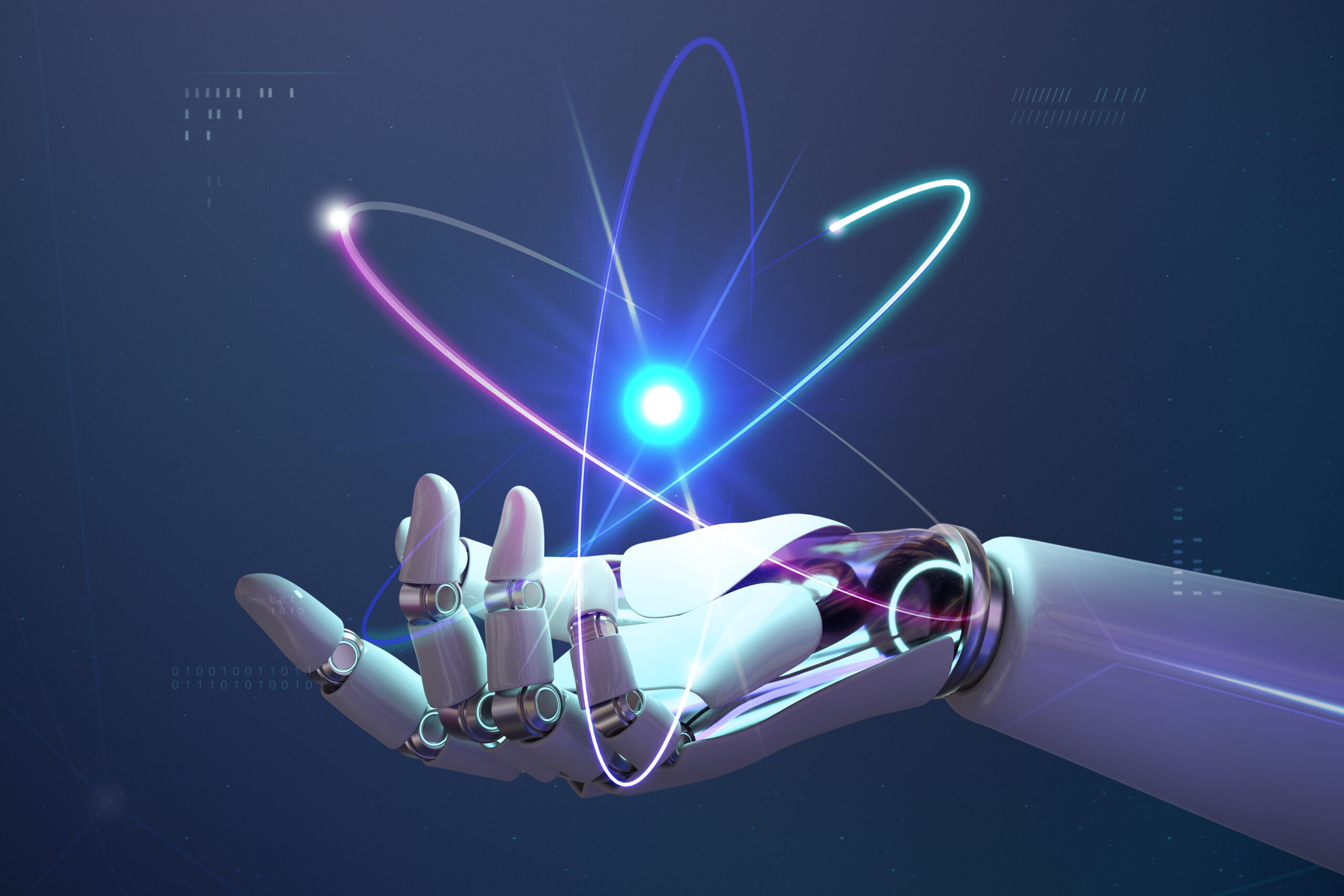The world of technology has witnessed remarkable advancements over the years, with Artificial Intelligence (AI) emerging as a transformative force that permeates various aspects of our lives. As AI’s influence grows, questions arise about its nature and classification. One common query that arises is whether AI is a type of software. The answer is both straightforward and nuanced, as AI and software are closely intertwined, but AI represents a distinct paradigm within the realm of software development. In this article, we will explore the relationship between AI and software, shedding light on what sets AI apart and how it fits within the broader software landscape.

Understanding Software:
To comprehend the relationship between AI and software, it is essential to understand what software entails. In simple terms, software refers to a set of instructions or code that directs a computer or other electronic devices to perform specific tasks. Software can be broadly classified into two main categories:
-
Application Software: Application software encompasses programs designed to perform specific tasks or functions for end-users. Examples of application software include word processors, web browsers, email clients, and multimedia players. These programs provide users with tools and functionalities to achieve their goals efficiently.
-
System Software: System software, on the other hand, includes programs that manage and control the computer’s hardware and facilitate the execution of application software. Operating systems, device drivers, and utility programs are examples of system software that enable the computer’s overall functioning.
Understanding Artificial Intelligence (AI):
AI, on the other hand, is a specialized area of computer science that aims to create machines or systems that can mimic human intelligence and perform tasks that typically require human intelligence. AI systems are designed to learn from data, reason, make decisions, and adapt to new situations without being explicitly programmed for each task.
AI can be classified into two broad categories:
-
Narrow or Weak AI: Narrow AI refers to AI systems designed to perform specific tasks or solve particular problems. These systems excel at their predefined tasks but lack the ability to generalize their knowledge to other domains. Examples of narrow AI include virtual assistants, image recognition systems, and recommendation engines.
-
General or Strong AI: General AI, also known as Strong AI, represents a theoretical concept where AI systems possess the ability to understand, learn, and perform any intellectual task that a human can do. While significant progress has been made in AI research, achieving true General AI remains a distant goal.
AI as a Subset of Software:
In the context of AI and software, it is essential to recognize that AI is a subset of software. AI systems are built upon software foundations, utilizing programming languages and algorithms to operate. AI models, particularly those based on neural networks, are implemented as software code and executed on computers.
Machine Learning algorithms, a crucial aspect of AI, are a form of software that enables AI systems to learn and improve from experience without being explicitly programmed. These algorithms use statistical techniques to identify patterns and make predictions based on data, enhancing the AI system’s performance over time.
AI Development: The Intersection of Software Engineering and Data Science:
AI development involves a convergence of software engineering and data science. The process begins with designing and implementing AI algorithms and models, which are an essential part of the software development cycle. This stage involves selecting the appropriate algorithms, data structures, and programming languages to build AI models.
Data science plays a pivotal role in AI development, as AI models require extensive training on vast datasets to perform accurately and efficiently. The availability of big data has been instrumental in advancing AI applications, allowing models to learn from a diverse range of information and improve their performance.
AI as a Distinct Paradigm:
While AI is undoubtedly a subset of software, it represents a distinct paradigm within the broader software landscape. Unlike traditional software, which follows predefined rules and instructions, AI operates on the principle of learning and adaptation. AI systems are designed to handle uncertainties and make decisions based on probabilities and patterns within data.
The dynamic and evolving nature of AI sets it apart from traditional software applications. AI models can continuously improve and evolve as they encounter new data, making them adaptable and capable of addressing complex and dynamic real-world scenarios.
Conclusion:
In conclusion, AI is indeed a type of software, but it represents a distinct paradigm within the software landscape. AI systems are built upon software foundations and utilize programming languages and algorithms to operate. However, what sets AI apart is its ability to learn, reason, and adapt from data, enabling it to perform tasks that traditionally require human intelligence.
The development and integration of AI into various industries and applications have opened up a world of possibilities. As AI continues to evolve, it is essential to recognize its unique characteristics while acknowledging its place within the broader software ecosystem. Understanding the relationship between AI and software empowers us to harness the full potential of this transformative technology responsibly, driving innovation and progress in the modern world.